
AHHHH! …..TAMARIND
In India, the belief is that a pregnant woman has craving to eat something sour and sweet! Generally, that something sour and sweet is either mango or tamarind. Mango is a popular fruit. What about tamarind? In Asian countries especially in Southern part of India, use of tamarind in daily dish is necessary.
Tamarind is a very large tree with heavy drooping branches and green foliage. It is indigenous to South Africa but grows extensively in India. Tree bears curved fruit pods in abundance.
Each pod has hard outer shell inside which we see soft pulp – green fibrous in young fruit and brown fibrous in mature fruits. Seeds and pulps are held together by fiber network!
Tamarind has many medicinal properties:
- Tamarind fruits juice or extract acts as mild laxative. It has tartaric acid. One to two tablespoons of the pulp in evening can improve bowel movements. It is a source of good dietary fiber.
- Tamarind is very useful to treat bilious disorders. Being acidic, it excites the bile and other juices in the body.
- Tamarind leaves are used in herbal tea for reducing malaria fever, treating jaundice and ulcers.
- Tamarind lowers LDL cholesterol level in the body and helps in promoting healthy heart. Dilute tamarind decoction can help in destroying the stomach worms in children.
- Tamarind protects from Vitamin C deficiency.
- Tamarind heals the inflammation of the skin to great extent.
- Juice extracted from tamarind flowers are used for treating piles
It is rich source of various minerals – Cu, K, Ca, Fe, Se. Zn and Mg
Controls pregnancy related vomiting & nausea.
In next few slides, you will see culinary use of tamarind.
Image credit: Image by Thanachot Pongpanich from Pixabay (Free for commercial use)
SAAMBAR AND VATHA KOZHAMBU: Read more
TAMARIND RASAM & TAMARIND SAUCE: Read more
EGG PLANT & BABY POTATO IN TAMARIND SAUCE: Read more
Author: Sumana Rao | Posted on: December 28, 2019





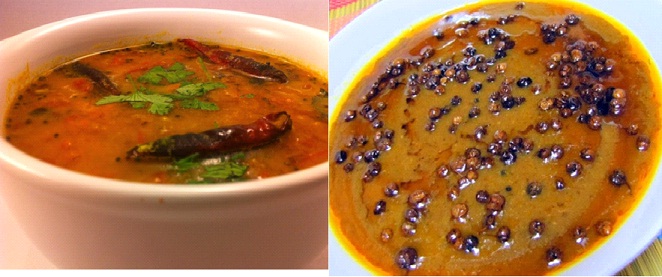
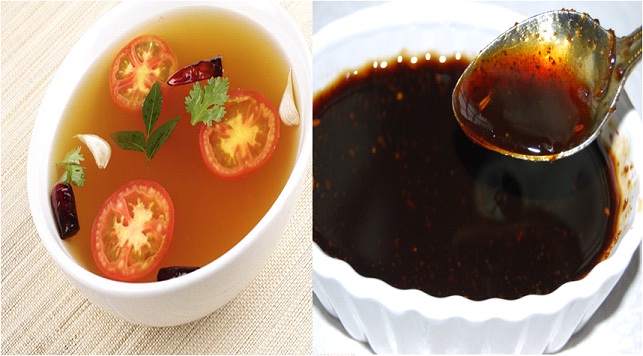
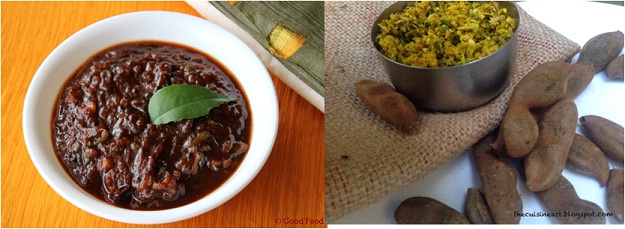
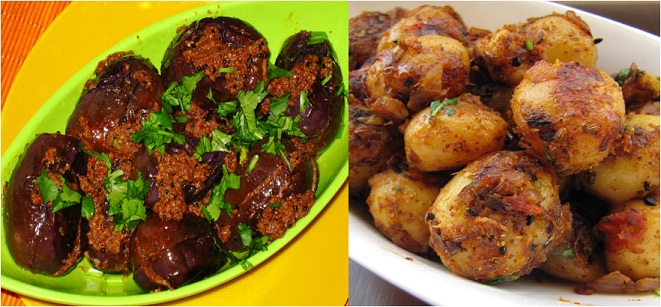















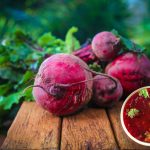
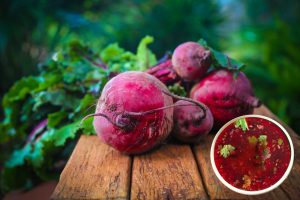



Write a comment